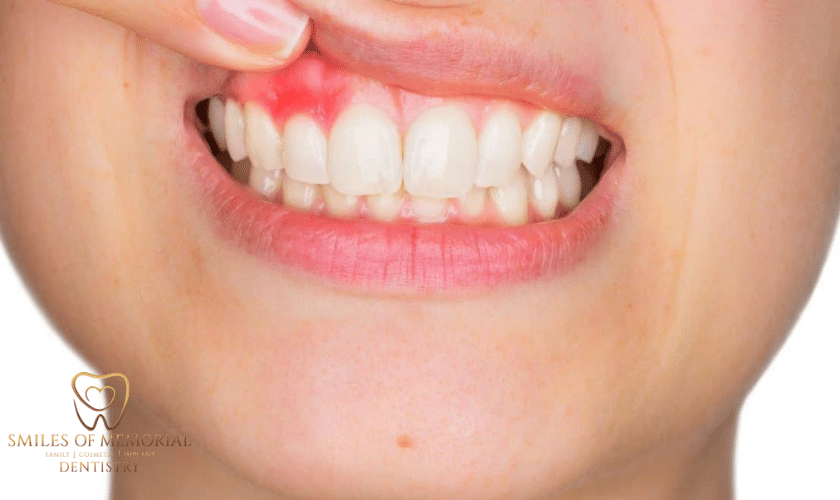Most individuals overlook a hurting tooth, see it as sensitivity and take medicines and hope for the best. A toothache, however, can involve more than simply tooth irritation. It might be a dental cavity, for example. If a major tooth disease is left untreated and unaddressed, it might lead to more serious problems. One abscessed tooth is an example of this.
Contents
What Is An Abscessed Tooth?
An abscessed tooth is a pus-filled pocket that develops as a result of a bacterial infection. When your pulp, where the pus pocket or abscess occurs, has an untreated cavity, your tooth gets infected. The illness spreads as the germs grow. A periodontal abscess occurs when an abscess arises in the gums next to the tooth’s root. A periapical abscess occurs at the tip of the root.
A high sugar diet combined with poor dental care raises your chances of having a tooth abscess. Dry mouth, which can be caused by age or medicine, is another condition that might contribute to an abscessed tooth.
An abscessed tooth can cause serious consequences and must be treated right immediately. If you observe any of the following symptoms, you should see a dentist as soon as possible.
- Toothache that throbs
- Sensitive teeth
- Fever
- Face or cheek swelling
- Lymph nodes beneath your jaw are swollen.
- Due to a burst abscess, you have foul-tasting fluid in your mouth.
- Breathing difficulties
Seek emergency attention if you have a fever, or difficulty breathing. These symptoms might be the result of an infection spreading to other tissues or parts of the body.
Treatments for a Tooth Abscess
A dental cavity can be treated promptly by your dentist if it is found early, avoiding the need for a tooth extraction. However, if an abscess has already formed, the following are your therapeutic choices.
1. Taking Care of the Abscess
If the abscess hasn’t ruptured yet, your dentist will open it up and remove it first. Your dentist will perform this procedure by making a tiny cut into the pocket and allowing the fluid to drain. After that, the region will be cleansed with saline. A rubber drain may be inserted in the afflicted region to keep it open for drainage while the infection diminishes.
2. Root Canal Treatment
Your dentist may advise you to have a root canal treatment. They will cure the infection and avoid the need to pull the afflicted tooth as a result. Drilling into your tooth to remove the diseased pulp and drain the abscess is the first step in this operation. Following that, it entails filling and sealing your tooth’s pulp chamber and root canal in the same way as a dental filling operation would. You might also request a crown to strengthen your teeth.
3. Extraction of Teeth
If the tooth cannot be saved, a tooth extraction will be performed to prevent the spread of infection. You might talk to your dentist about dentures or dental implants to replace the missing tooth and prevent gaps from forming between your teeth.
4. Medication
If the infection has spread to other parts of your mouth, your dentist will likely prescribe antibiotics to treat it. Likewise, if you already have a weak immune system, you will be encouraged to take drugs, as well.
Abscessed Tooth Treatment in Houston, TX
If you experience persistent tooth discomfort, consult a dentist right away. Early diagnosis and treatment of dental disorders can help to avoid more serious situations such as an abscessed tooth.
Get treatment for abscesses at Smiles of Memorial of Houston, TX, which has an experienced team for your dental needs. Make an appointment today!





